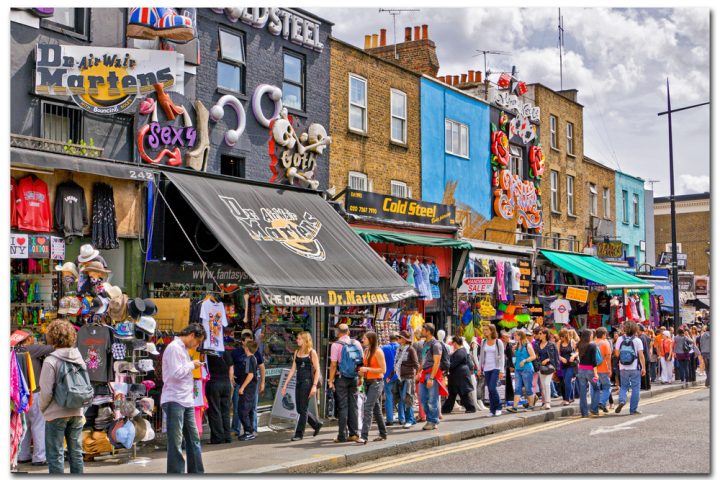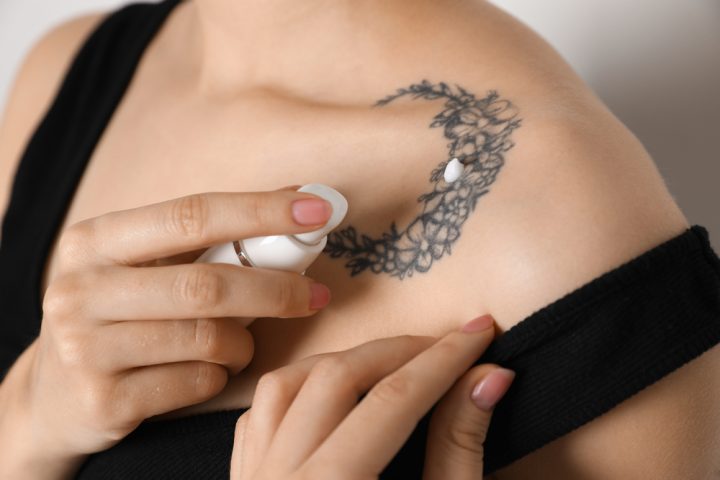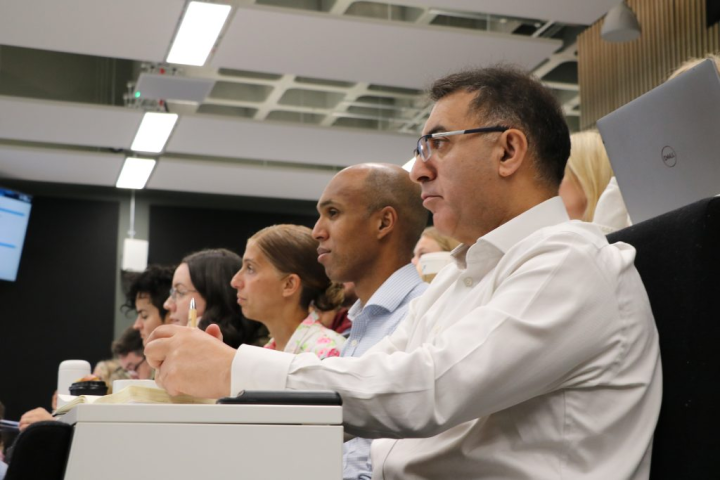In the realm of interior design, finding the perfect balance between aesthetics and budget can be a challenging task. However, Medium Density Fibreboard (MDF) presents a compelling solution for homeowners and designers alike. This versatile material offers both style and affordability, making it an ideal choice for various interior applications. In this blog, we’ll explore the numerous benefits of MDF, its applications, and why it stands out as a cost-effective and stylish option for modern interiors.
What is MDF?
Medium Density Fibreboard, commonly known as MDF, is an engineered wood product made by breaking down hardwood or softwood residuals into wood fibres. These fibres are then combined with wax and a resin binder, and formed into panels by applying high temperature and pressure. The result is a dense, smooth, and durable material that can be used in a wide range of interior applications.
Benefits of MDF
Affordability
One of the primary advantages of MDF is its cost-effectiveness. Compared to solid wood, MDF is significantly cheaper, making it an attractive option for budget-conscious homeowners. This affordability does not come at the expense of quality, as MDF offers excellent durability and a smooth finish that can rival more expensive materials.
Versatility
MDF is incredibly versatile and can be used in a variety of applications, from cabinetry and shelving to decorative mouldings and wall panelling. Its smooth surface is perfect for painting, making it easy to customise to fit any interior design scheme. MDF can also be veneered or laminated to mimic the appearance of more expensive wood species.
Durability
Despite its affordability, MDF is remarkably durable. It is less prone to warping and cracking compared to solid wood, thanks to its uniform composition. This makes it an excellent choice for areas that experience fluctuations in temperature and humidity, such as kitchens and bathrooms.
Ease of Use
MDF is easy to work with, as it can be cut, drilled, and shaped with standard woodworking tools. This ease of use makes it a favourite among DIY enthusiasts and professional carpenters alike. Additionally, MDF boards cut to size can be ordered, ensuring a perfect fit for any project.
Applications of MDF in Interior Design
Cabinetry and Shelving
MDF is a popular choice for cabinetry and shelving due to its smooth finish and stability. It can be painted or veneered to match any design aesthetic, from contemporary to traditional. Custom MDF cabinetry can provide a high-end look at a fraction of the cost of solid wood.
Wall Panelling
Wall panelling is a fantastic way to add character and texture to a room. MDF panels are easy to install and can be painted in any colour to complement the existing décor. Whether you prefer a classic wainscoting or a modern geometric pattern, MDF offers endless possibilities.
Decorative Mouldings
MDF is often used for decorative mouldings such as baseboards, crown mouldings, and trim. Its smooth surface ensures a flawless finish, and it can be easily shaped to create intricate designs. MDF mouldings can add a touch of elegance to any room without breaking the bank.
Furniture
MDF is also a popular material for furniture making. From wardrobes and dressers to coffee tables and desks, MDF furniture is both stylish and affordable. Its smooth surface is ideal for painting, allowing for endless customisation options.
Tips for Working with MDF
Sealing Edges
One of the few drawbacks of MDF is that its edges can be more porous than its surfaces. To ensure a smooth finish, it’s essential to seal the edges with a suitable primer before painting. This will prevent the edges from absorbing too much paint and resulting in an uneven finish.
Using the Right Tools
While MDF is easy to work with, it can produce a lot of dust when cut or sanded. It’s important to use appropriate dust extraction equipment and wear a mask to protect yourself from inhaling the fine particles. Additionally, using sharp, carbide-tipped tools will help achieve clean cuts and prolong the life of your tools.
Avoiding Water Damage
Although MDF is more resistant to warping than solid wood, it is not completely waterproof. When using MDF in areas prone to moisture, such as kitchens or bathrooms, it’s crucial to apply a waterproof finish or use moisture-resistant MDF to prevent swelling and damage.
Environmental Considerations
Sustainable Sourcing
Many manufacturers now produce MDF from sustainably sourced wood fibres, making it an eco-friendly option. Look for MDF products that carry certifications such as FSC (Forest Stewardship Council) or PEFC (Programme for the Endorsement of Forest Certification) to ensure the material is sourced responsibly.
Recycling
MDF can be recycled, although the process is more complex than recycling solid wood. Some recycling facilities accept MDF for repurposing into new fibreboard products. Choosing MDF with a high recycled content can also reduce its environmental impact.
Conclusion
MDF is a stylish, versatile, and budget-friendly solution for a wide range of interior design applications. Its affordability, durability, and ease of use make it an excellent choice for homeowners and designers looking to create beautiful spaces without overspending. Whether you’re planning a DIY project or a complete home renovation, consider using MDF boards cut to size for a perfect fit and a professional finish. Embrace the endless possibilities of MDF and transform your interiors with this fantastic material.
With its combination of practicality and aesthetic appeal, MDF is set to remain a staple in the world of interior design. So, why not explore the potential of MDF for your next project and enjoy the benefits of stylish and budget-friendly interior solutions?




